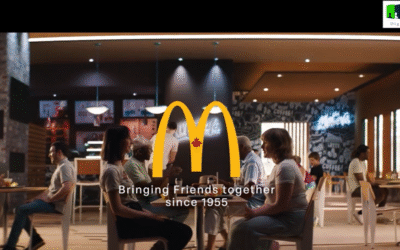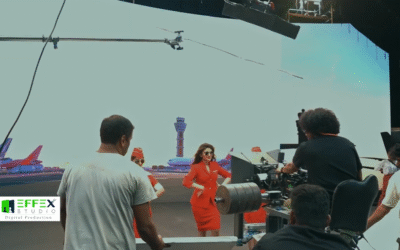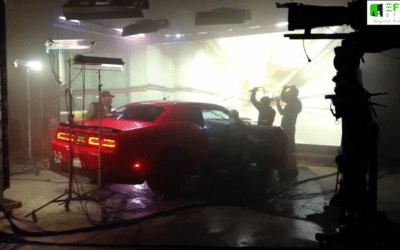Introduction
In modern filmmaking, there’s growing pressure to combine creative freedom with production efficiency. Traditional on-location shoots often come with weather uncertainties, safety concerns, and resource-heavy logistics. This is where virtual production ads have emerged as a revolutionary solution. By blending real-time rendering, LED wall technology, and live-tracked cinematography, filmmakers can now build immersive, cinematic scenes without ever leaving the studio. This case study examines how a key movie scene was realized entirely using virtual production ads, showcasing the workflow’s power and practicality.
Objective
To deliver a visually stunning, emotionally immersive film sequence within a controlled studio setup. The objective was to replicate the scale and realism of a location shoot while avoiding common disruptions and inefficiencies. The production team relied on virtual production ads to deliver final-quality shots through in-camera effects and live environmental rendering.
Challenges
Cinematic scenes often involve complex camera movement, dramatic lighting, and highly detailed environments. Outdoor locations risk poor lighting control, sound interference, and limited scheduling. Traditional green screen techniques typically fall short in delivering authentic reflections, parallax accuracy, or emotional realism. The team needed a method that could ensure visual fidelity while reducing risk and complexity—leading them to adopt a fully in-studio virtual production ads workflow.
Execution Process
1. Pre-Visualization
Before any camera rolled, the scene was digitally mapped in Unreal Engine using 3D layouts and storyboards. Directors, cinematographers, and stunt teams collaborated within a virtual environment to lock down camera paths, lighting directions, and staging. This phase ensured every department was aligned—an essential feature of planning through virtual production ads.
2. Asset Creation
A custom virtual environment was created featuring terrain, architecture, atmospheric skies, and light-reactive materials. These assets were optimized for LED volume playback to ensure seamless interaction between real and virtual elements. Lighting was dynamically built into the environment to allow for soft shadows and accurate reflections directly on actors and props—one of the defining strengths of virtual production ads.
3. LED Wall & Camera Sync Setup
The stage was wrapped with a 270° LED volume that played the Unreal-rendered backdrop in real time. Camera rigs were equipped with motion tracking that communicated with the engine, keeping perspective and parallax accurate. This integration is what allows virtual production ads to deliver real-time visual feedback—blurring the line between digital and physical sets.
4. Virtual Scouting
Using VR headsets and on-set monitors, the creative team virtually explored the set before the shoot. They adjusted colors, light angles, and object placements inside the virtual environment. This flexible scouting system enabled creative refinements without physically rebuilding or repositioning, significantly saving time.
5. In-Camera Shooting with LED Wall
Actors performed on practical set pieces surrounded by the LED volume. The virtual environment provided ambient lighting and reflections that interacted naturally with wardrobe and props. No chroma key was used—the scene was captured live with all major visual elements finalized in-camera. This is the hallmark of virtual production ads: capturing cinematic realism without post-heavy workflows.
6. Post-Production
Thanks to in-camera effects and live compositing, the post phase was minimal. The team only needed light grading and editorial refinement. There was no need for green screen cleanup or complex VFX layering. This efficiency proves why virtual production ads are rapidly gaining traction for both commercial and cinematic content.
Conclusion
This case study illustrates the future-forward capabilities of virtual production ads in narrative filmmaking. By combining LED volume technology, real-time 3D rendering, and motion-tracked cameras, the production team delivered a high-impact scene with unmatched speed, precision, and visual quality. The approach not only maintained artistic intent but also drastically reduced the traditional burdens of on-location production.
Key Takeaways
- Virtual production ads allow cinematic storytelling without on-location shooting
- LED walls deliver realistic lighting, reflections, and immersive backgrounds
- Previsualization ensures creative alignment before physical production
- In-camera capture streamlines post and enhances visual authenticity
- Controlled environments offer safer, repeatable production for complex scenes
- An ideal solution for directors aiming for visual fidelity and efficiency



